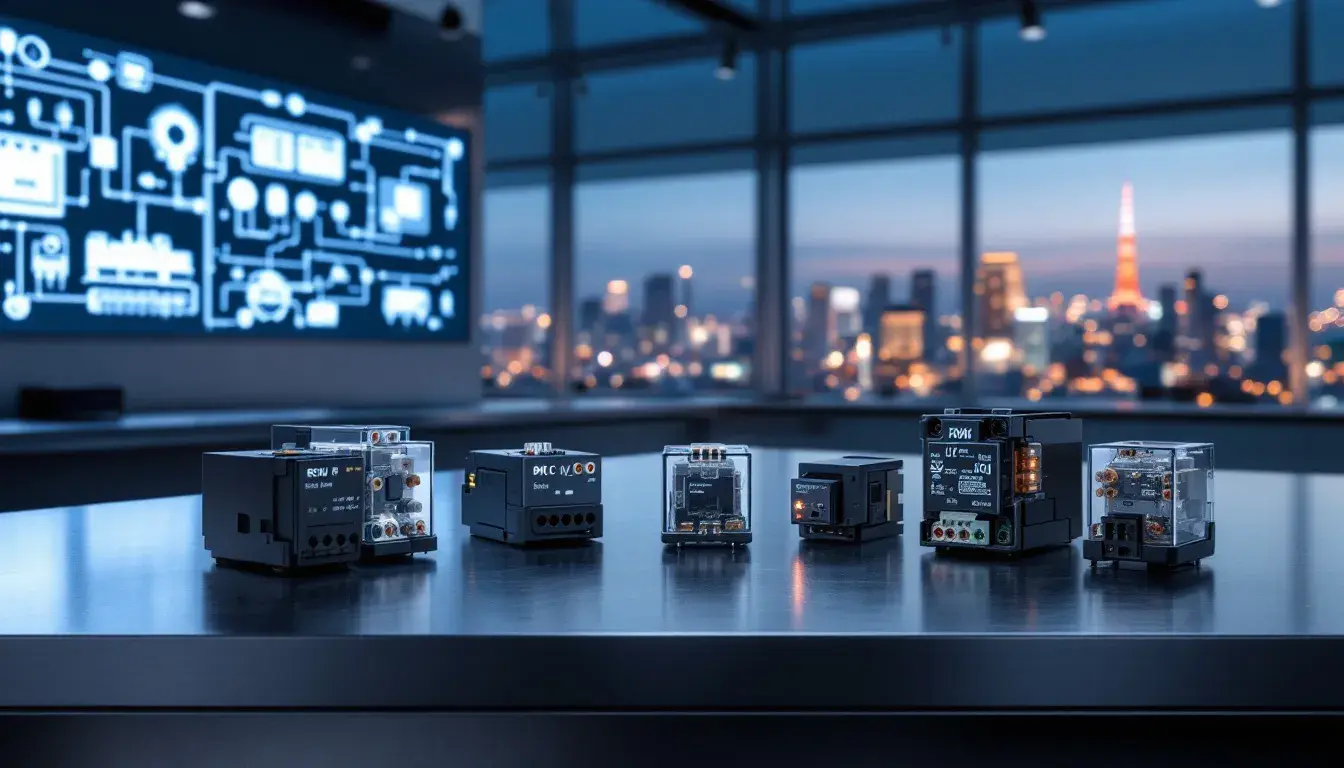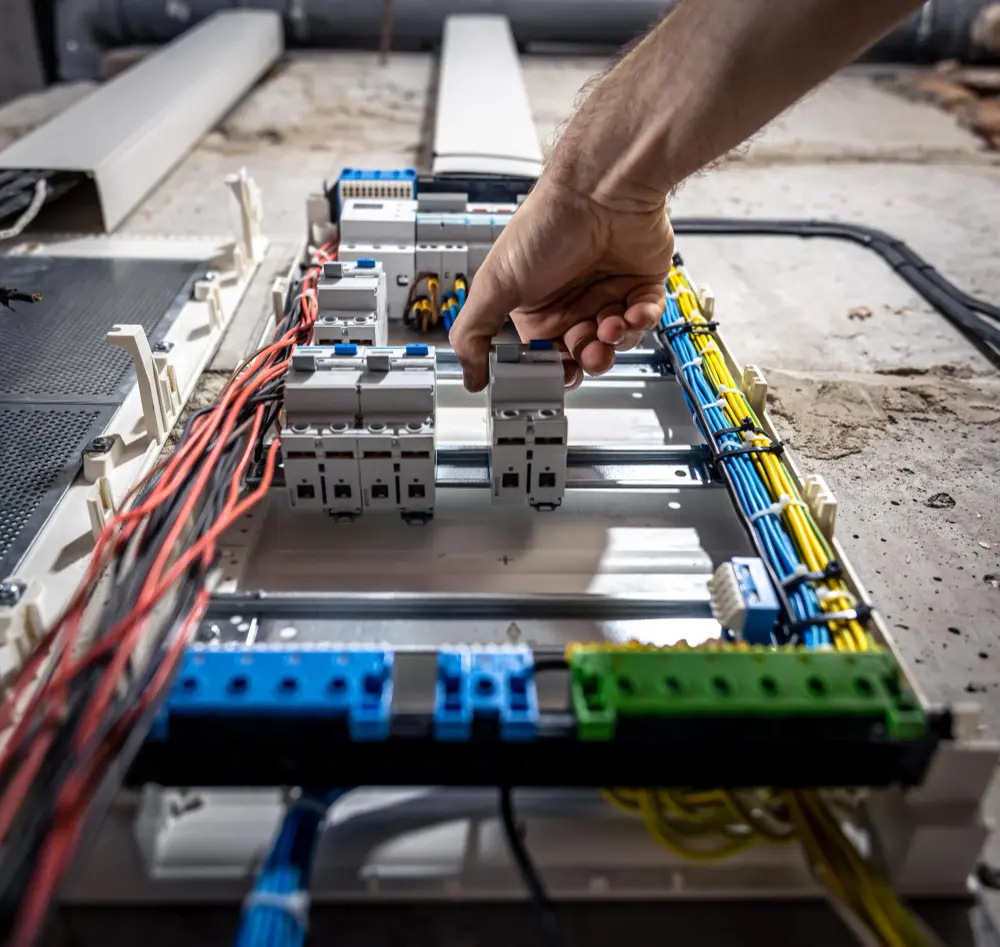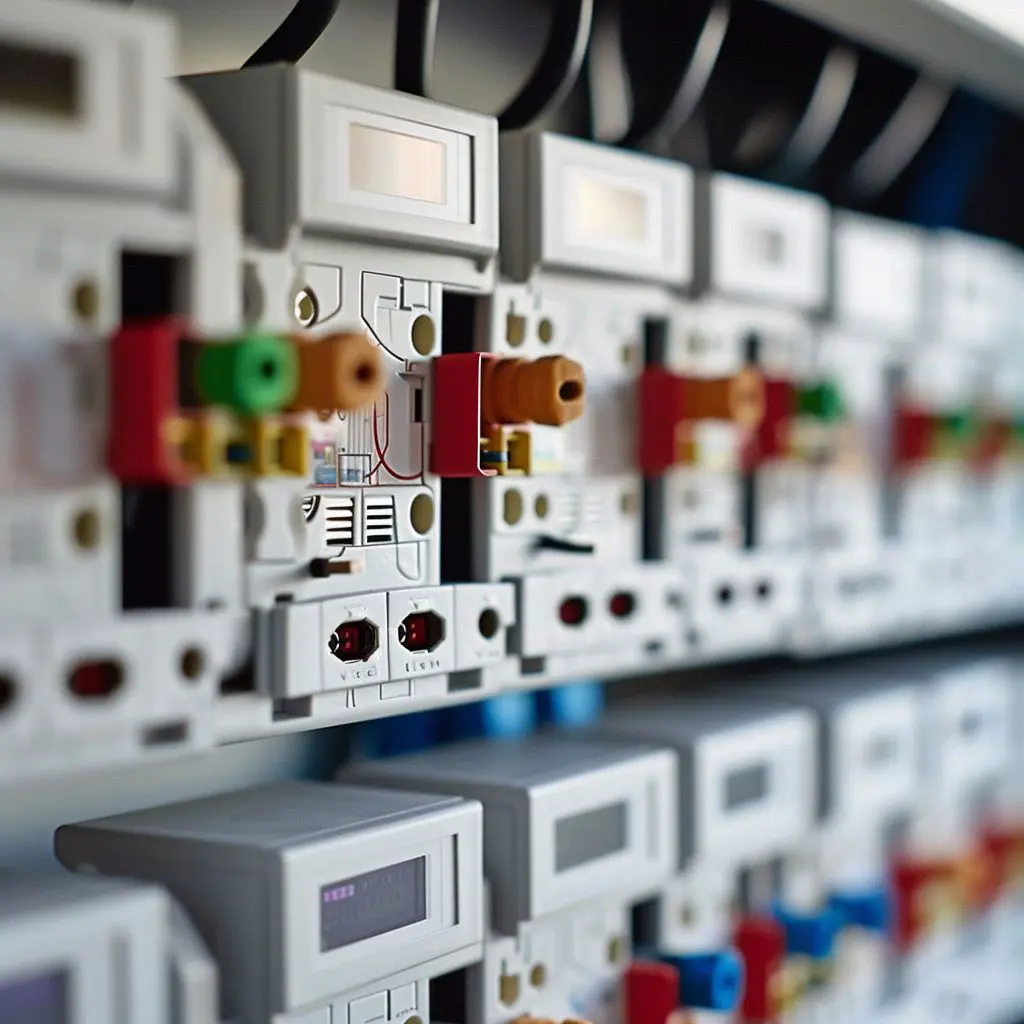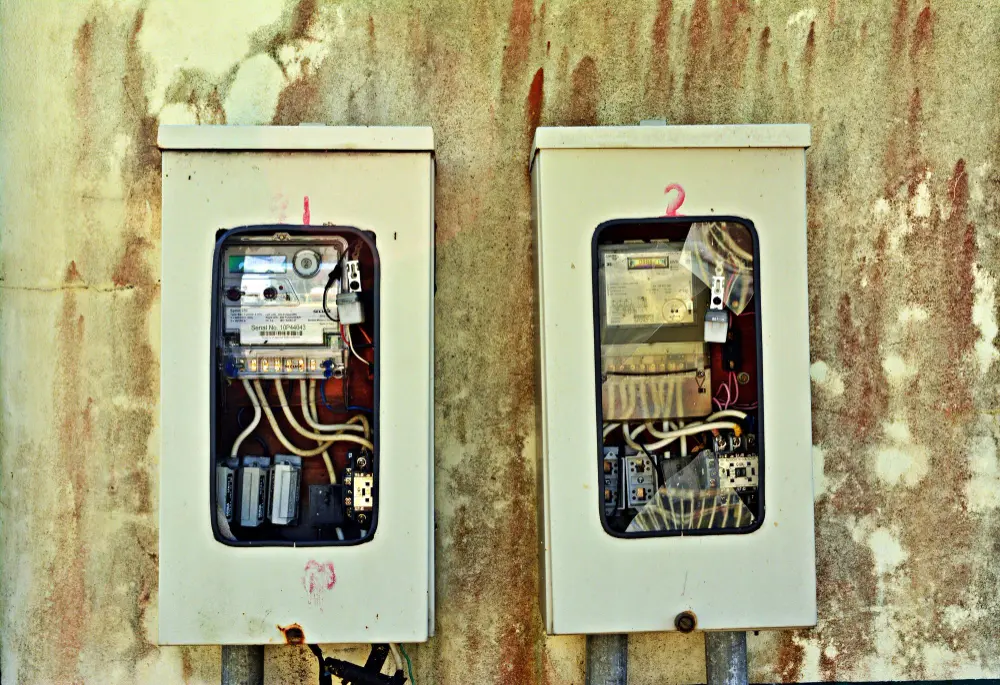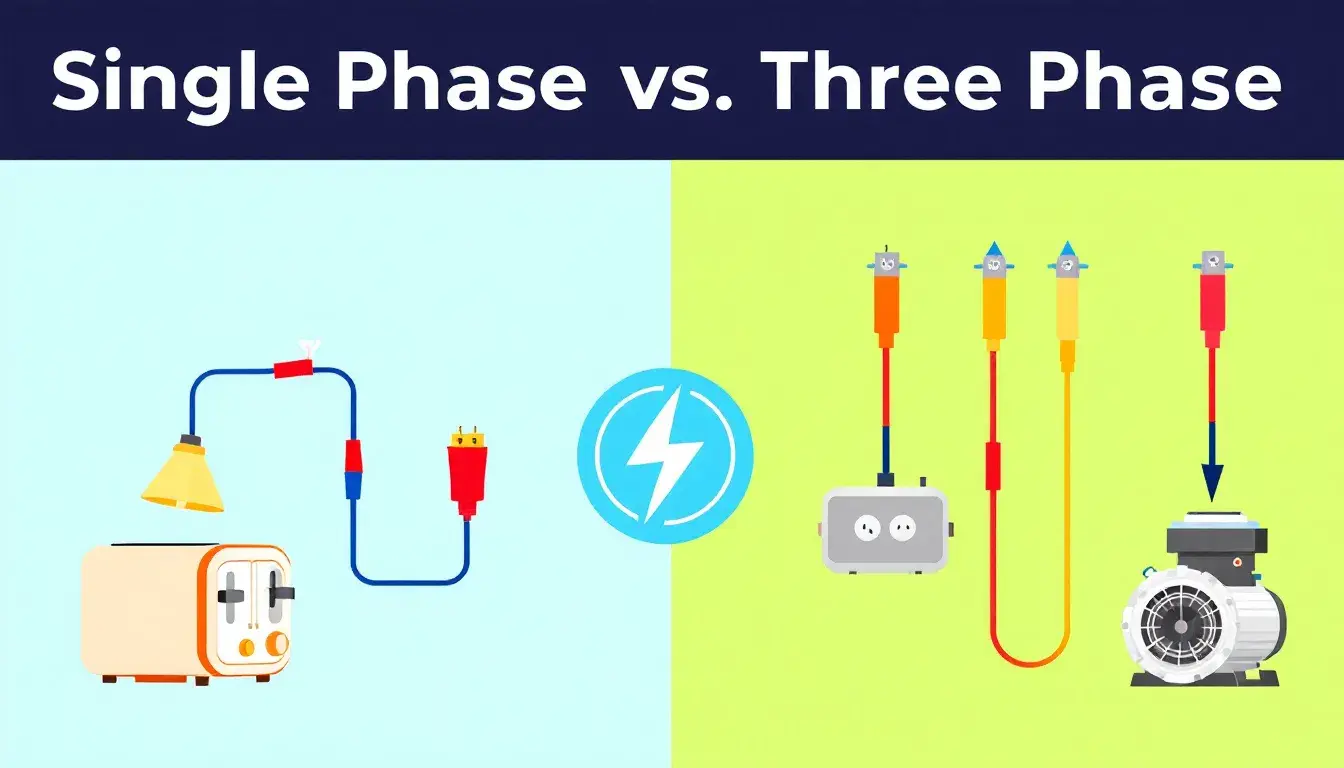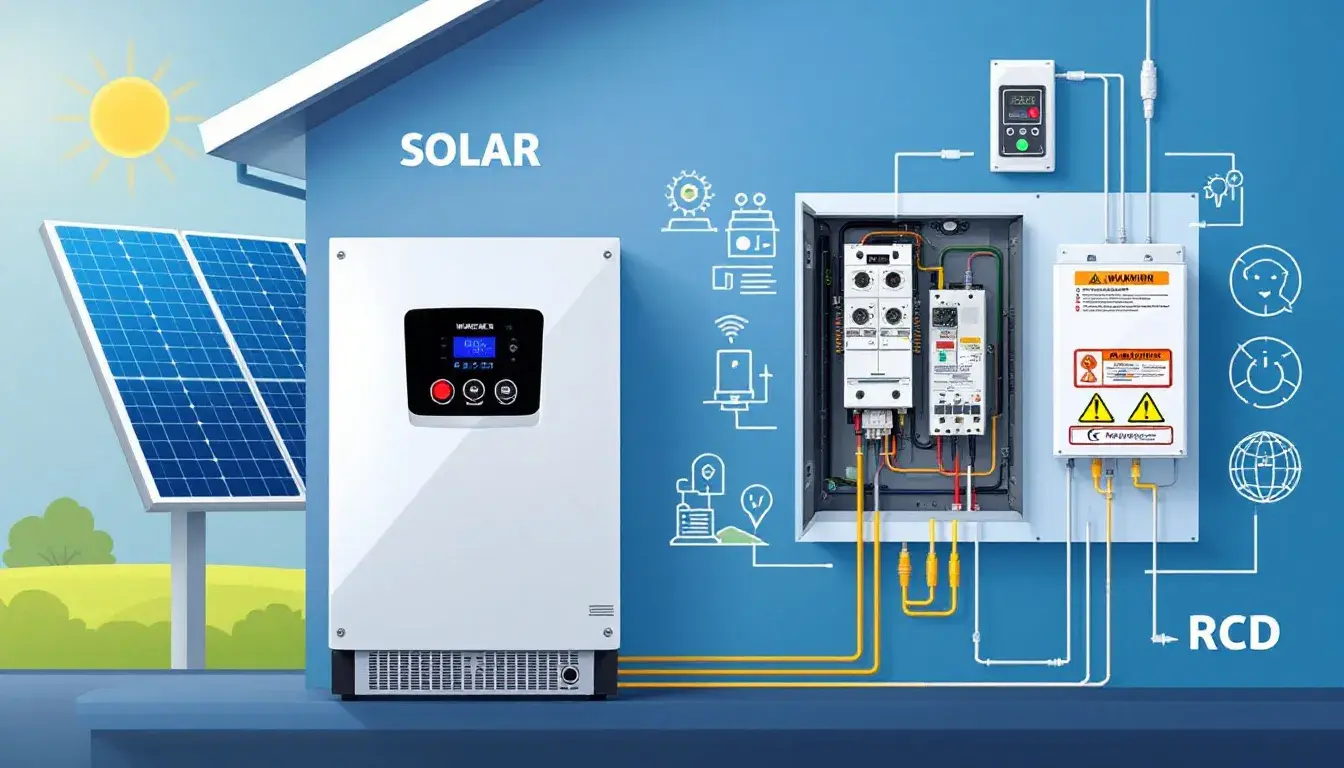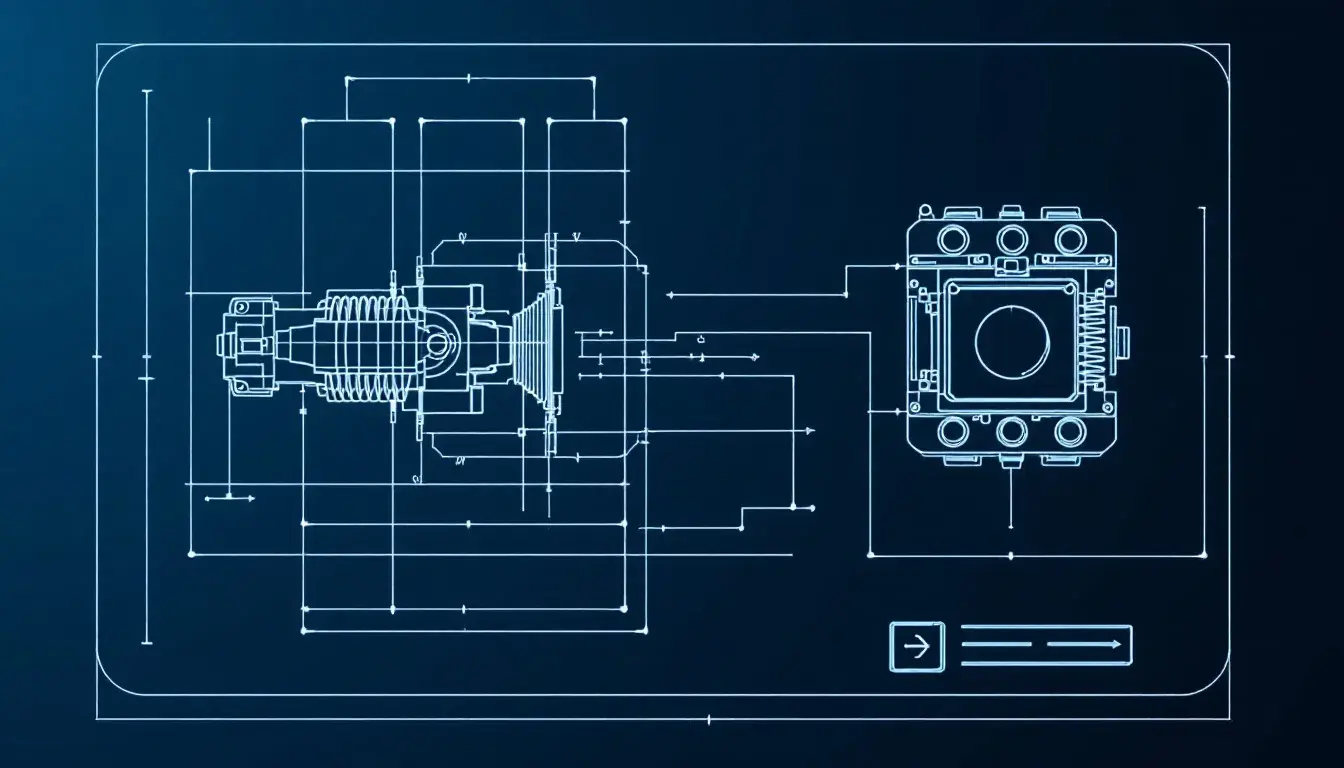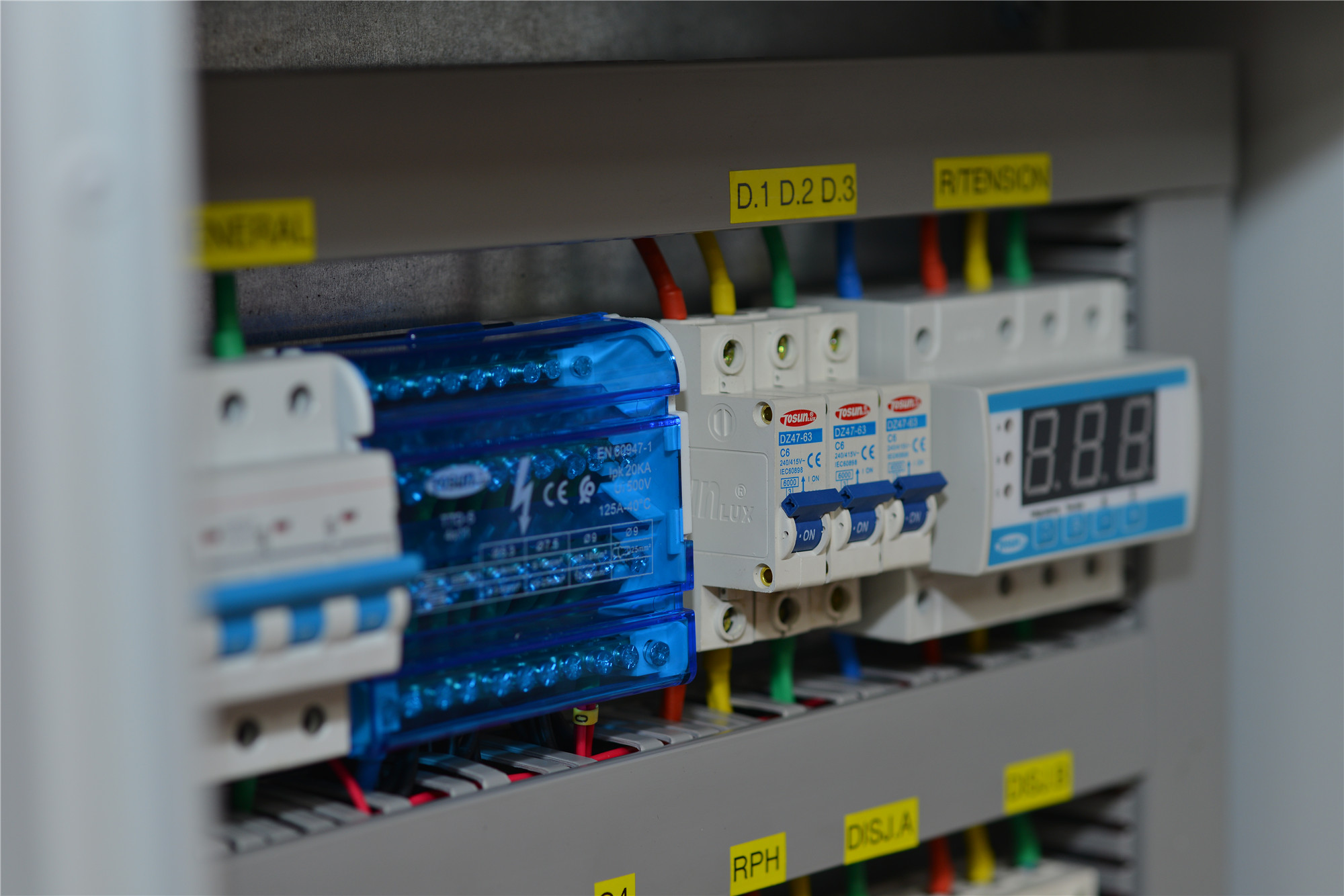Top 10 Relay Manufacturers 2025
25th Mar 2025
Looking for the top relay manufacturer to meet your needs? This article ranks the top 10 manufacturers in 2025. Discover each company’s unique strengths and how their products shape the market. Hero Product Highlight TOSUNlux Control Relay Reliable time delay relays from TOSUNlux for automation control. Ideal for panel builders,and distributors. CE certified and bulk orders supported. View Product Key Takeaways Overview of the Relay Manufacturing Market The global relay market was valued at $6.7 billion in 2022 and is expected to reach $12.9 billion by 2032, growing at a rate of 6.9% each year. This growth is mainly due to the rise of automation and the use of Internet of Things (IoT) devices. These technologies increase the need for relay-based systems that help in controlling and communicating across different applications efficiently. Relays play a crucial role in power generation and distribution, ensuring systems work reliably and efficiently. Industries are also using more relays in process control systems to improve manufacturing precision and efficiency. Companies like Siemens and ABB lead this trend, offering advanced relay technologies that support smart manufacturing. Hero Product Highlight Three Phase Voltage Relay TRV8 TRV8 3-phase voltage monitoring relay for phase failure & unbalance protection. Trusted by distributors for industrial control systems.wholesale available. View Product As technology advances, relay manufacturers focus on making products more energy-efficient. This aligns with global goals for sustainability and improves the reliability and performance of relays. The relay market is set to grow and innovate continuously, driven by new technology and the need for efficient control […]
Read More : +86-139 0587 7291
: +86-139 0587 7291 English
English Español
Español Русский
Русский Français
Français العربية
العربية Português do Brasil
Português do Brasil Українська
Українська Türkçe
Türkçe Polski
Polski Nederlands
Nederlands Italiano
Italiano Bahasa Indonesia
Bahasa Indonesia हिन्दी
हिन्दी اردو
اردو አማርኛ
አማርኛ Հայերեն
Հայերեն ไทย
ไทย Монгол
Монгол فارسی
فارسی Shqip
Shqip Ελληνικά
Ελληνικά
